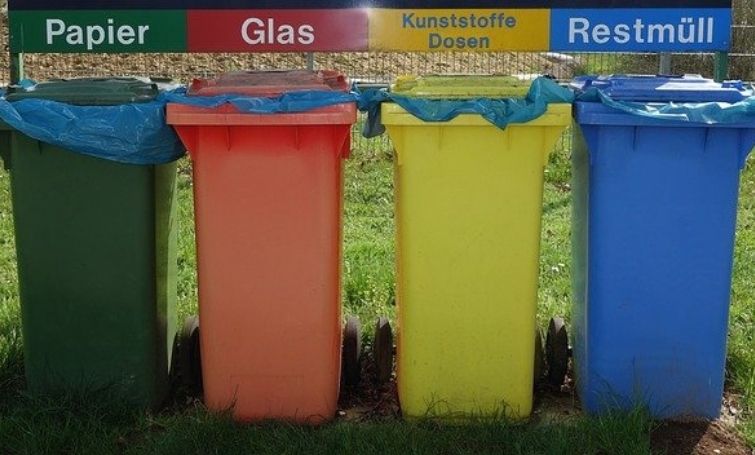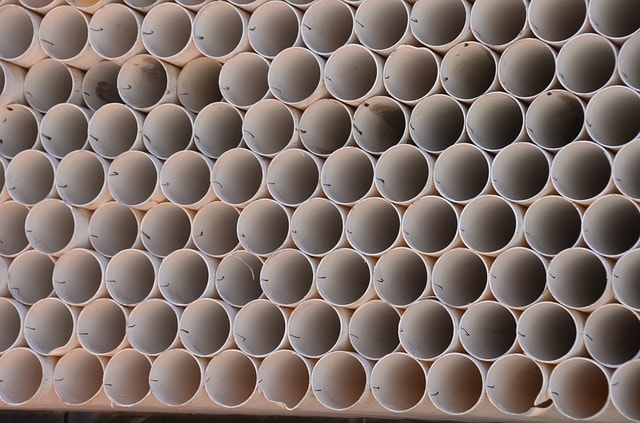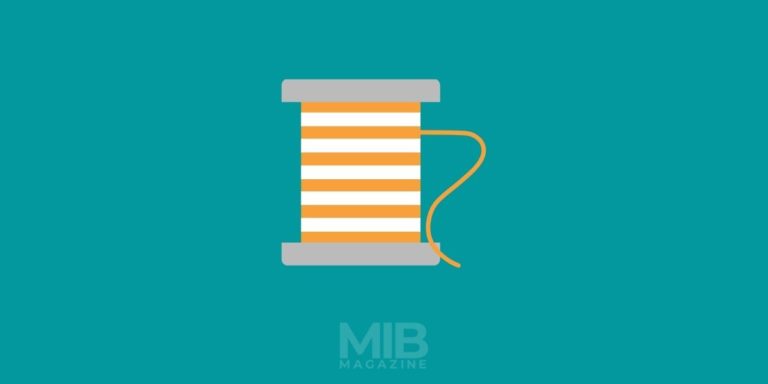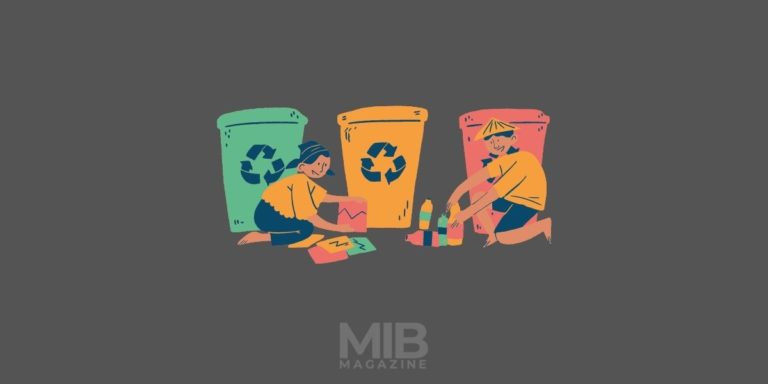Starting Waste Tyre Recycling Plant – Profitable Business Plan Sample
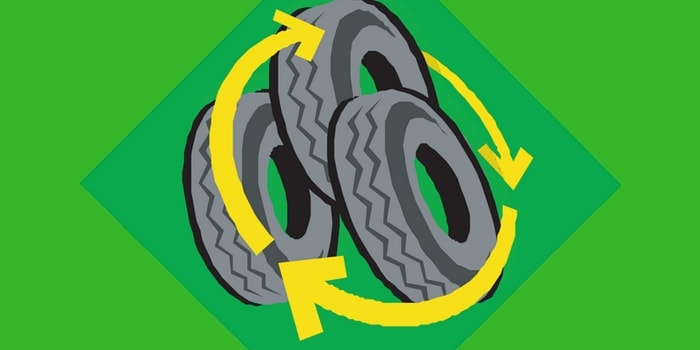
Tyre or tire recycling is one such business which has a huge demand, but very less supply. This business is in accordance with resource management too. Hence, making it as your side business or main business will definitely gain you decent income. In this article I will share information on how you can start your own tyre recycling plant. You will learn about tyre recycling process, end products and opportunity in this recycling business.
Reasons for choosing tyre recycling business
The main reason for choosing tyre recycling business is due to the harmful causes of it to the environment. If left just like that, they might take years and years to degrade. From this it is clear that they are a booming threat to the environment in existing as one of the hazardous solid waste. Instead of letting it to stay as a waste material, you can wisely put it into business. Also, the raw material is easily available which makes your costs a measure lesser. It is shown in records that nearly 250,000,000 tyres are being disposed every year. This is quite a large amount and this figure also gives confidence for entrepreneurs like you all to make use of it.
Business opportunities
The end products in Tyre recycling are carbon black, fuel, steel wire, etc. The recycled tyre can be used in many areas depending on the recycled state of the tyre. You are responsible for making your business wide, thereby gaining contacts from possible places. Some of the uses of recycled tyres are,
- Road surfacing
- Brake pads
- Civil engineering
- Fuel making
- Industrial and commercial flooring
With this the opportunities found in tyre recycling business is found to be huge and it all depends on the marketing strategy adopted. Also, pricing should be in such a way that you retain a very considerable amount of money in addition to covering the costs incurred.
Making contracts with civil engineers will be extremely helpful in having a smooth flow of business. You will witness a situation where your products will always have the demand, and there is no need for you to have your stock unused. Supplying these at the right time and demanded quantity is also equally important to finding contracts. Make promises or accept orders considering your capability to produce them. Do not over promise and disappoint your customers as they may result in order stoppage.
How do we recycle waste tyres?
One of the most common method of tyre recycling is Pyrolysis plant. In a Pyrolysis plant, thermal decomposition of tyre take place at very high temperature ranging from 300 to 950 degree Celsius in oxygen-free atmospheres. The end products produced in waste tyre Pyrolysis plant are tyre oil, carbon black and steel wire.
Process involved in tyre pyrolysis plant
- Shredding of tyres into small pieces
- Put small 2 inches shredded piece of tyre into the reactor.
- Burn the fuel material (coal, wood, oil or natural gas) in the combustion system.
- Heat the reactor slowly, when the temperature reach around 130℃, it will produce oil gas.
- Pass the oil gas through cooling system, cold liquid oil is produced.
- After the production of oil, lower down the temperature of reactor to collect carbon black and steel wire.
Sourcing – Find suppliers of waste tyres
The very fist step is the procurement of raw materials for processing. You will have to keep your suppliers to start your business. Choose the right supplier who can provide used tyres at a very reasonable price. Before fixing the supplier, make sure the supplier supports you in delivering the raw materials. This is a very important factor to take into consideration as transport facilities for such huge items will increase your costs of production. After clearly analysing all this, make orders for your raw materials.
Sources –
- Trucking companies
- Bus operators
- Car rental firms
- Companies with large car fleets
Step 1: Whole tyre processing
Now, there is a need to process the tyres into small pieces. For recycling, the raw material is usually made into a different structure for serving a different purpose. The used tyres are shredded into 2-inch pieces and the end product is transported to various departments for further development depending on the use of it. For this processing you can adopt either of the given techniques
- Mechanical method
- Cryogenic method
In mechanical method, a shredder is used to make it into small pieces and in the cryogenic method, the concept of cooling is used. The used tyres are cooled at the lowest temperatures and passed through liquid nitrogen. Then the wire steel from the tired is removed by powerful magnets. In the end, the tyre is recycled and a clean product is obtained.
Step 2: Steel liberation stage
If you are doing it mechanically, then stage 2, 3 and 4 are to be carried out. In cryogenic system, the whole process is done cryogenically. In this stage of steel liberation, fibre separation is done. New steel is also manufactured in this stage by making use of the steel present in shredded tyres. The shredded pieces are separated from steel and the steel obtained is let for recycling. The recycled steel is sent to steel rolling mills for making new steel. The left-out rubber can be collected and used for selling as rubber mulch.
Step 3: Screening
In this stage you will eliminate the unnecessary parts from the rubber. Wires and steels are completely removed if present. This stage makes sure that there is no contamination in the rubber obtained. Also, they are categorised into different sizes and applications.
Step 4: Cleaning
After screening, it reaches the cleaning stage where rubber is cleaned using special cleaning agents and water. This process enables you to provide the cleanest rubber to your customers. Then comes the packaging stage and finally, the packed rubber is introduced into the market.
Tyre recycling business requirements
Selection of land
To carry out all the processes mentioned above, you should have the land in hand. Land rented should be in such a way that it is near to the market as well as your raw material suppliers. Zonal restrictions should be followed while constructing your tyre recycling plant.
A proper layout will also be an added advantage to finish your processing stage in the stipulated time. Maximum utilisation of space is very important as your profits are determined by calculating your income per square foot. That is how an efficient business works and profits tracked in this way will clearly show your progress records.
Remember, the land rented should be capable of fitting production, finance, warehouse, and packaging department. There is no set standard measure for land size required for tyre recycling plant. But the motive is to have all the facilities to carry out production.
Equipment
The equipment required greatly depends on the use of the final product. There are different applications of rubber and the structure demanded for it is also different. Hence, the machines used should provide the desired result.
- Pyrolysis plant
- Electric cable jacketing
- Carrier bands
- Conveyor bands
- Black nylon bags
- Rubber additives
- Heat isolation
- Shredder
- Plastic pipes
- Black colourant in rubber
These are some of the essential items in a tyre recycling plant. Apart from thee, procurement of special machines is purely based on the method adopted and investment.
Labour
Labour should be enough in number to meet the work requirements of the company. There should be no delay due to less workers in the plant. Workers of all categories, professional, skilled and unskilled should be employed. Incentives can be given to make the work environment motivated and to increase productivity. The internal environment of any business is to be enhanced in order to reach the main objective of the company. Safety of the labours involved should be ensured with fire fighting facilities and other danger-free tools. Precautions for danger and preventions for diseases that can possibly occur due to manufacturing of rubbers should be given more importance.
Investment
The investment needed will approximately be 50 lakhs to for a medium sized business. Investment decisions can be made after taking into consideration the operating costs and future expenses. Also, the maintenance of machines and the plant should be taken care of. Thus, the investment should be a little more than what is spent or what is actually required. Proper planning and cost control methods can be adopted to work on reducing the investment.
Amenities
For all the mentioned activities, facilities like water, electricity, fire and other resources are needed. Thus, the plant should have required facilities at a minimal cost. Since your electricity requirements will be more, you can build your own source of electricity. Try making use of solar energy panels and other viable techniques. Intelligence can make the amenities come to your place at a very lost cost. A semi-urban place will have the electricity charges lesser than urban area.
Inspection
Inspection is a very important part of the entire business. The final product should be made in perfect quality and this will create a sense of trust among your customers. The final product of your business should have the same standards always to ensure the prestigious image of your business. Proper inspection can be done only with better inspection tools. For that, you should allot a little amount for procuring inspection tools. Floor inspection will be a suitable type for tyre recycling.
Transportation
Though you can find suppliers who will assist you in transporting your raw materials, the end product of your company will need a transport system. It is your responsibility to deliver the rubbers at your consumer’s place. Either invest in transport facilities or make a mutually beneficial partnership with any logistics firm. Lessen the transport charges by having wise methods of packaging. Packaging should support transportation by minimum space utilisation.
Rent or Buy decision
As the machines used for these processes are high in price, there should be wise decision taken in this respect. Renting is also possible and this will enable you to operate at a very less investment. But, the resale value or the asset value of your company will be affected. Leasing contracts will be a better idea if you wish to serve all the segments or varied customers.
For example, the rubber used for construction is different and the ones used for shoe making is different. Having this, the methods adopted and the machines used will also be different. So, if you have your machines leased, you can change shifts. A proper cycle of products will be produced depending on the leased machine. Contracts can be renewed if required.
Export ideas
Exporting can also be an opportunity as they will gain you more profits. Orders will be in bulk and for that the capacity of your business should also be enormous. For exporting, you will need IEC (IMPORTER EXPOETER CODE). With this you can expand your business globally after meeting the export requirements. Have a customs agent to assist you in export procedures and to clear your export documents.
Licenses required for tyre recycling
As we already about the nature of the raw material used here, it is very important to obtain necessary licenses and permits to run the business. The licenses are to allow your business to operate if they find your business to have all the safety requirements. Your business will be checked for your production effect on the environment. As you manufacture or produce hazardous product, you will require licenses regarding labour safety too. The details for all these will vary from each state and country. The respective zonal offices can be approached for furtherance in this field.
Conclusion
In the end, this unique business stands both profitable and challenging. Survival and success in this business is directed by the way you operate and the rating your business has. Work more on customer satisfaction and delivery systems so that you attain leadership in the market.
Become a leading supplier of rubbers by establishing your business all over your geographical limit. Let the profits be minimal in the initial years, you can earn more when you have more customers in hand.
Appoint marketing managers to find potential customers and to generate leads. Pricing strategies should focus on costs as well as customers buying it. Have the legal documents of your plant ready to avoid undesirable situations in future. Try as much as possible to reduce the number of accidents in your plant. Accidents are quite normal in any manufacturing sector, but if given proper care it can be eliminated.
Above all this, maintain regular stocks. If you are running out of stock, then you are creating opportunity for your competitor which will adversely affect your business.
FAQS
A waste tyre recycling plant can provide a number of benefits, including:
1. Create new products: Recycling waste tyres can create new products, such as tyre-derived fuel, rubber mulch, and crumb rubber.
2. Reduce pollution: Recycling waste tyres can help to reduce pollution and protect the environment.
3. Save energy: Recycling tyres can save energy as it takes less energy to recycle tyres than it does to create new tyres from scratch.
4. Create jobs: A waste tyre recycling plant can create new jobs in the local community.
The investment costs associated with starting a waste tyre recycling plant include the costs of purchasing or leasing land, construction costs, and the costs of buying or leasing equipment.
There are a number of costs associated with running a waste tyre recycling plant. These include the costs of:
1. Feedstock: The cost of the waste tyres that will be used as feedstock for the recycling plant.
2. Utilities: The cost of electricity, water and other utilities used by the plant.
3. Labour: The cost of labour required to operate the plant.
4. Maintenance: The cost of maintaining and repairing the plant and machinery used in the recycling process.
5. Waste disposal: The cost of disposing of any waste generated by the plant.
The revenue streams associated with a waste tyre recycling plant vary depending on the products and services offered. However, some common revenue streams may include selling recycled tyre products, such as tire-derived fuel, rubber mulch, or crumb rubber; providing tyre recycling services to businesses and municipalities; or selling carbon offset credits.
The market potential for a waste tyre recycling plant is very good. The demand for recycled tyres is growing all the time, as more and more people are becoming aware of the environmental benefits of recycling. There are also many commercial applications for recycled tyres, such as in the construction industry.
The key success factors for a successful waste tyre recycling plant are:
1. Feedstock: The plant must be able to process the type of tyre waste that is available. 2. Technology: The plant must use an effective recycling technology that can recover a high proportion of the tyre waste.
3. Infrastructure: The plant must have access to the necessary infrastructure, such as power and water supplies.
4. Financing: The plant must be able to secure adequate financing to cover the initial investment and operating costs.
5. market: The plant must be able to identify and target potential markets for the recycled products.
There are a number of challenges associated with starting and running a waste tyre recycling plant. These include:
1. securing a steady supply of waste tyres
2. ensuring the tyres are clean and free of contaminants
3. shredding or chopping the tyres into small pieces
4. separating the steel from the rubber
5. cleaning and preparing the rubber for further processing
6. finding markets for the recycled rubber
There are a number of risks associated with running a waste tyre recycling plant. These include the risk of fires (due to the highly flammable nature of tyres), the risk of explosions (due to the presence of volatile chemicals in tyres), and the risk of toxic fumes being released into the atmosphere (due to the burning of tyres).
The environmental benefits of a waste tyre recycling plant include the reduction of waste tyres in the environment, the creation of new products from recycled tyres, and the reduction of greenhouse gas emissions.
A number of social benefits may be associated with a waste tyre recycling plant, such as the creation of jobs, the provision of a recycling service, and the reduction of waste tyre dumping.

